
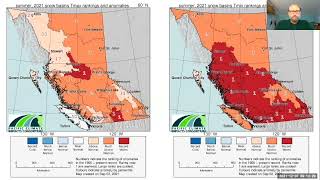
2021 Extreme Heat & Drought in Western Canada Webinar
Faron Anslow, Lead, Climate Analysis and Monitoring, Pacific Climate Impacts Consortium provides an analysis of the June, 2021 western North America heatwave; setting it in the historical and future contexts of extreme heat for British Columbia.
Trevor Hadwen, Agroclimate Specialist, Agriculture and Agri-Food Canada shares information on the impacts of the 2021 Western Canadian drought - the most severe and expansive drought in more than a generation. The presentation reviews the conditions that lead to the 2021 drought, discusses the unique features that made this drought rate as one of the worst droughts in more than 50 years and considers some of the potential implications for the 2022 growing season.

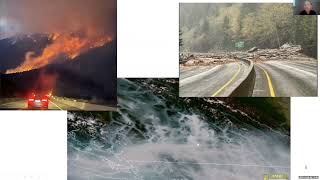
Climate change, wildfire & risk reduction webinar
This webinar on wildfire includes two incredible presenters and a lively Q & A.
Dr. Mike Flannigan, Research Chair of Predictive Services, Emergency Management & Fire Science, Thompson Rivers University and Scientific Director, Canadian Partnership for Wildland Fire Science presents on Climate change and wildfire - what does the future look like?
Then, Amanda J .Miller, Principal Ecologist, Palouse Rangeland Consulting/ BC Cattlemen's Association shares research on Wildfire Risk Reduction Through Targeted Grazing.

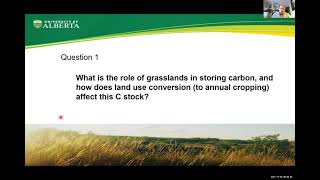
Sinking carbon on agricultural lands: grasslands, grazing and agroforestry webinar
This webinar shares decades of research from western Canada documenting the massive amounts of carbon that can be stored in agricultural lands including grasslands, range and agroforestry.
Carbon sequestration potential in western Canada using grasslands, grazing and agroforestry with Dr. Edward Bork, Mattheis Chair in Rangeland Ecology in Management & Director, Rangeland Research Institute, University of Alberta
Rangeland Management: Cows and Carbon with Dr. Lauchlan Fraser, Professor and NSERC Industrial Research Chair in Ecosystem Reclamation, Thompson Rivers University
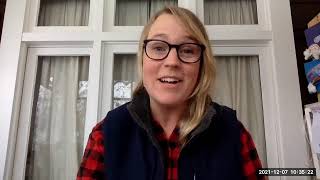
Producer panel: Extreme heat & drought impacts & adaptation
This panel looks at four producers' perspectives (from the dairy, berry, ranching and tree fruit sectors) on the extreme heat and drought experienced across the province this past summer. Producers from these four unique commodity groups, and from different parts of B.C., discuss how their operations were affected, how they adapted to persevere through these challenges, and what they found surprising about how their crops or livestock responded to these climate extremes. Panelists also discuss what made adaptation possible for them, and /or what constrained their ability to adapt. Data gaps, research and infrastructure needs to bridge identified constraints to adaptation will be highlighted.
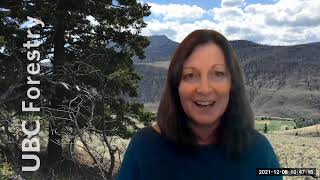
Wildfire panel: Resilience and recovery
This panel brings together the experience of four individuals with distinct sets of knowledge and experience with respect to wildfire recovery, resilience and preparedness.
Dr. Sonya Leverkus speaks about prescribed fire burn planning, patch burning systems and her work with the agricultural sector on private and crown land. Wylie Bystedt discusses the role of a wildfire disaster recovery specialist at the farm, family and community level. Mike Pritchard shares his experience piloting virtual fencing as an alternative to traditional fencing and its connection to preparedness. Dr. Lori Daniels shares her knowledge of forest management to reduce wildfire risk as it applies to the agriculture interface.

Carbon sequestration panel: From on-farm implementation to verification
This panel answers questions about how the agricultural sector can play a role in carbon sequestration. Experts in the field from the Canadian Forage and Grasslands Association, the B.C. Farmland Advantage program and agricultural industry practitioners from out of province speak about how agricultural carbon sequestration can be monitored, measured and verified and the potential for agricultural lands to contribute to national climate change mitigation efforts. The discussion identifies barriers to implementation, what is being done to overcome them and opportunities for producers looking to apply this practice to their operation.
